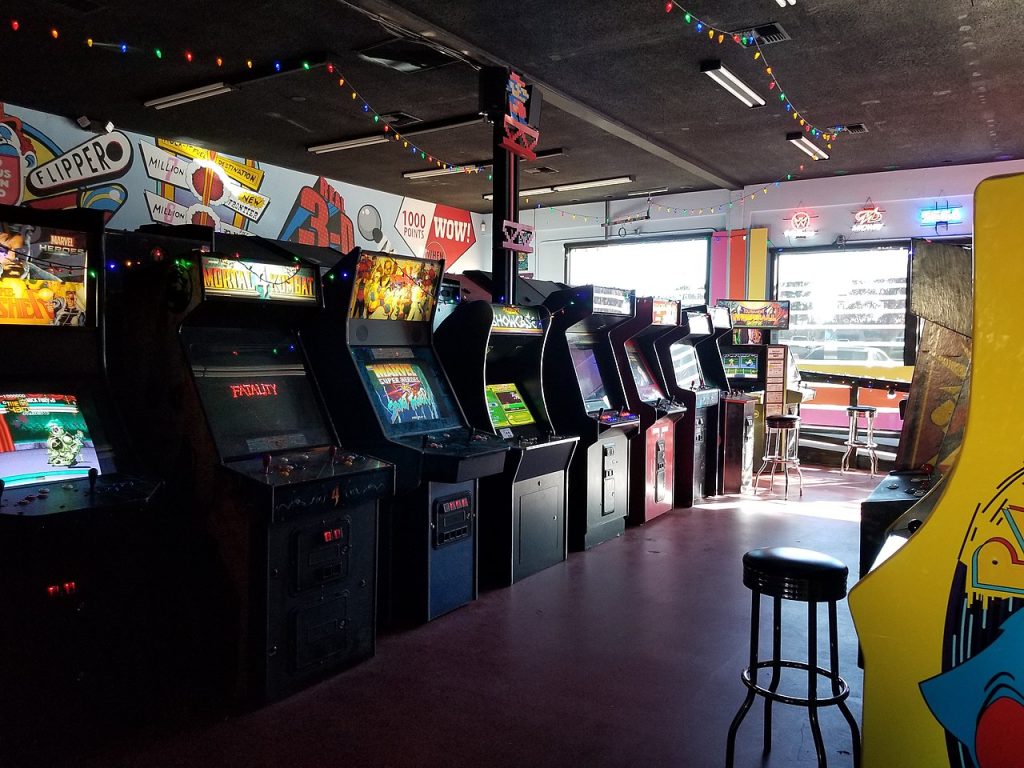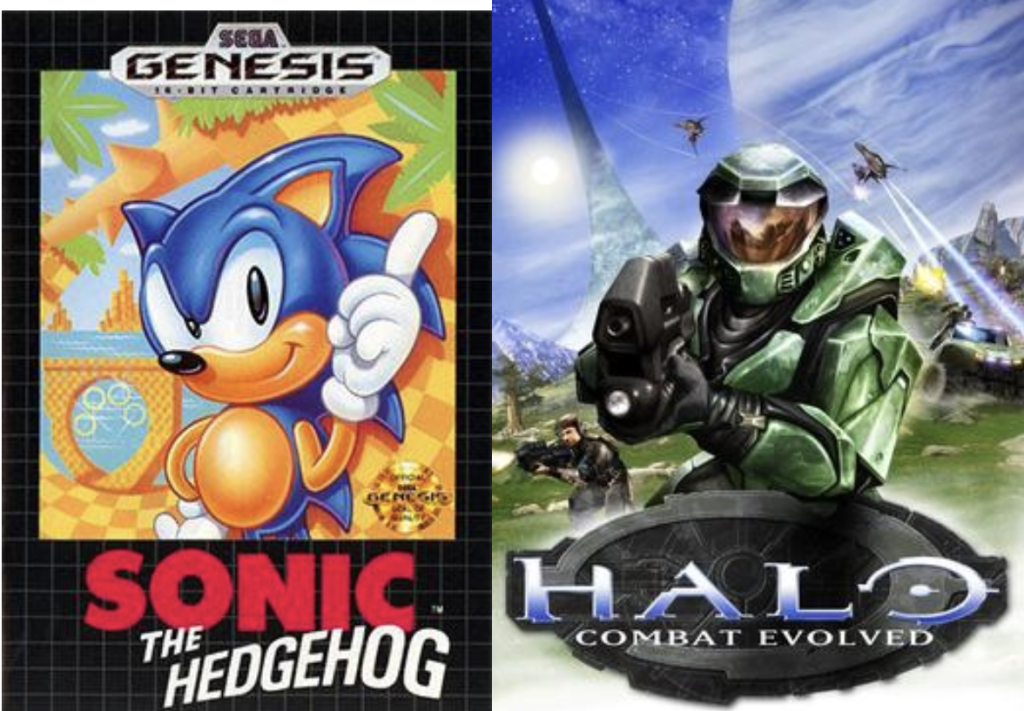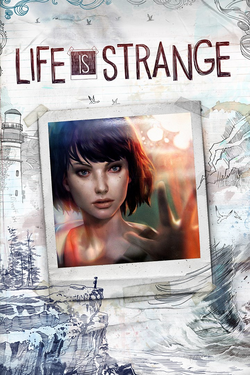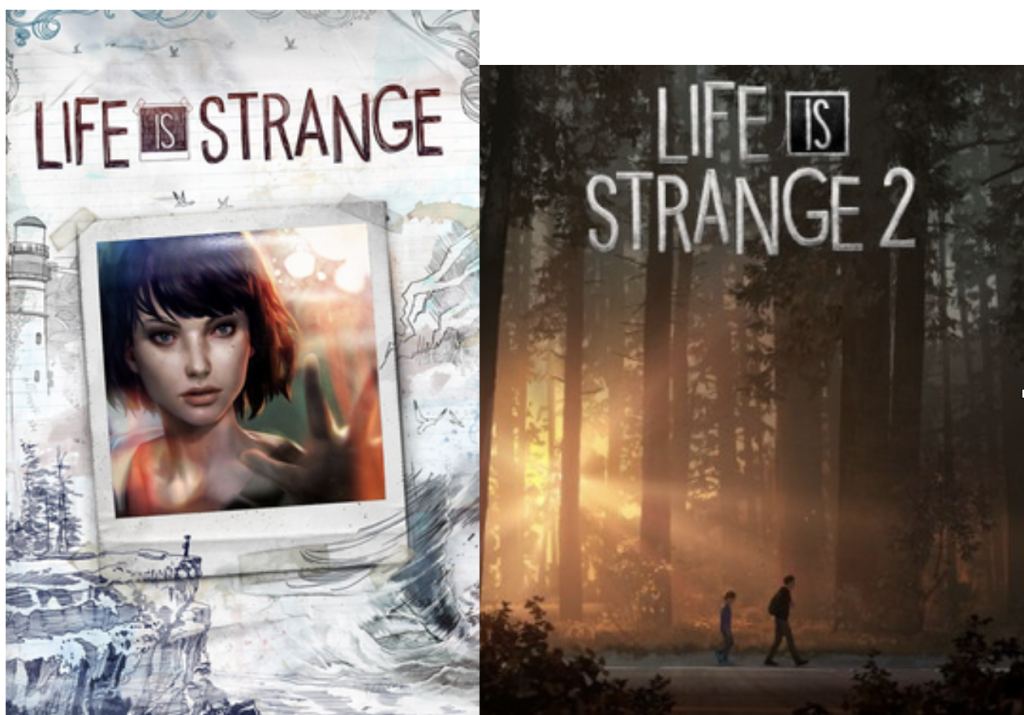Smriti Malhotra

Video games have emerged as a rich medium of artistic expression, allowing its developers to convey complex situations, explore profound narratives and themes and create immersive experiences for its players. There is a great interplay of visual arts, musical experiences, storytelling, mythological setups, and interactivity within the player and games. The history of video-games began in 1958 with Tennis for Two, designed by William Higginbotham but gained momentum in the 1970s. The explosion of arcade games really brought the vast world upright and centre. There has been a huge range of video-games that came about around the time such as Sonic The Hedgehog (1991), Pokeman Red Version (1996), Halo Combat evolved (2001), Mario and its subsequent versions that came about in the later years.

It is a multi-billion dollar company that has evolved as the technology has evolved over the years with many big corporations and developers has advanced and changed with changing times. These video-games serve a different function for all those who play it, it has spatial reasoning, pattern recognition, they may have educational and learning purposes, speaking about history or maths or engineering. Video-games are about strategy and problem solving, involving competition and even collaboration to achieve a similar goal. They give you the opportunity to build new worlds, explore older ones and simulate real-life situations and be a part of different worlds.
Over the years, CGI has advanced drastically with the world of video-games adapting to that change with almost human-like characters, natural landscapes and better perception. Video games are great at building narratives, storytelling and letting each story unravel as the narrative flows in the game format just like a good movie or a fictional book.
Video-games are vast in their choices and options for its users, some are simpler, basic and fun while others may be more complex just like artworks in museum collections. Some visual arts are easier to decipher while others may be more complex and have layers to it.
Video games have also been collected by art museums such as Jenovah Chen and Nick Clarke’s Flow by the Museum of Modern Art (MoMA). Video-games are indeed a work of art just like films, they synthesise the creative geniuses of many people such as concept artists, composers, sound engineers, researchers, etc. Videogames transcend the basic idea of entertainment but signify artistic expression, this can be seen in many new-age games that are now played. Video-games are made by developers over a period of time, complex stories are explored but the end-user, the player is what completes that story and sees it through. This interaction makes video games one of the most interactive forms of art in the world right now. While we know that visual and contemporary arts are interactive by nature but very few such as video-games mark it as an absolute necessity.
Video games have had a vast impact on the contemporary world of art, with video-games turning into films and entertaining the masses with its visual storytelling and narratives. One such example for the same is The Last of Us in which a smuggler has to escort a teenage girl across the United States that is post-apocalyptic and Zombie ridden. This video game when it was released sparked discussions about what a father-daughter relationship means, this now has been converted into a TV series for HBO in 2023. While the show became a vast hit globally, it impacted the sales of the game as well resulting in change in the industry.

Some other video-games that showcase a vast artistic potential are Journey (2012) developed by Thatgamecompany which explores the themes of companionship,personal growth and discovery. The game has minimalistic design, evocative musical score that matches the storyline poignantly throughout the game. Then we have Jazzpunk (2014) developed by Necrophone Games that is a spy fiction blending surrealism and futurism (the two art movements that are quite popular for their weirdness and quirkiness). The gamer is invited to explore the absurd and immerse themselves within the non-linear narrative and offbeat humour of the game. Another one is Firewatch (2016) developed by Campo Santo, set in the wilderness of Wyoming exploring the concepts of isolation, self-discovery, human connection and introspection. The game is aesthetically directed by the art director, has rich dialogues and concept writing and an immersive storytelling that is enriching for the end-user. Journey of the Broken Circle (2020), developed by Lovable Hat Cult is a charming and introspective puzzle-platformer that explores themes of self-discovery, acceptance, and the pursuit of completeness. The game’s hand-drawn art style, emotive storytelling, and poetic narration provide a poignant and metaphorical journey for players. Life is Strange developed by DontNod Entertainment (2015) tackles issues of online harassment and depression. Life is Strange part 2 (2018) is a story of two Mexican brothers who are dealing with the death of a parent, citizenship and racism within the gaming format. Such complex themes and concepts provide a platform for many underrepresented voices, stories and life-stories and evokes the player to be more empathetic and accepting towards all humans and their life-stories.
Video games such as these are a testament of the developers to craft a unique experience, evoke emotions and provoke profound thinking amongst its users.

Video games communities ideas and messages of social change and upliftment, even though there might be games that include extremism and may propagate the wrong agenda. However, that may be true for all artforms. There may be some arts that pluck at the heartstrings of many and some which are controversial in nature. It is dependent on the end-user on how and what they would consume and be a part of. While video-games are also controversial on how they impact it’s audience wherein bullying, violence, bigotry and toxic behaviour may be propelled, however it certainly isn’t exclusively found within the gaming community.
Video games shape our understanding of the world, they are elastic mediums of immersive art experiences that are constantly evolving with time. Video-games act as blank canvases for artists (developers and the team) to create deeply immersive and meaningful experiences for the players, just like any artform tries to do.





